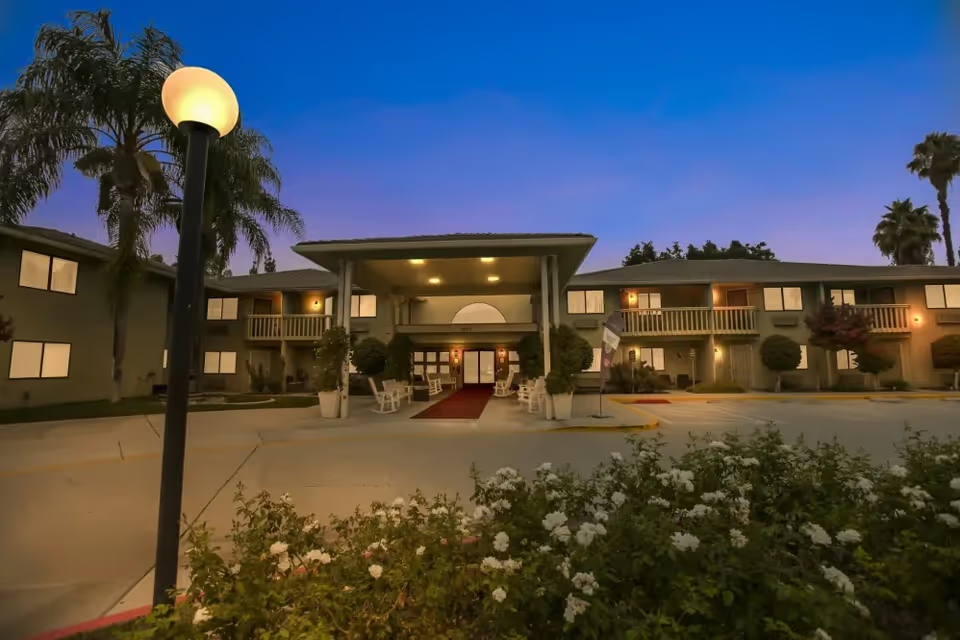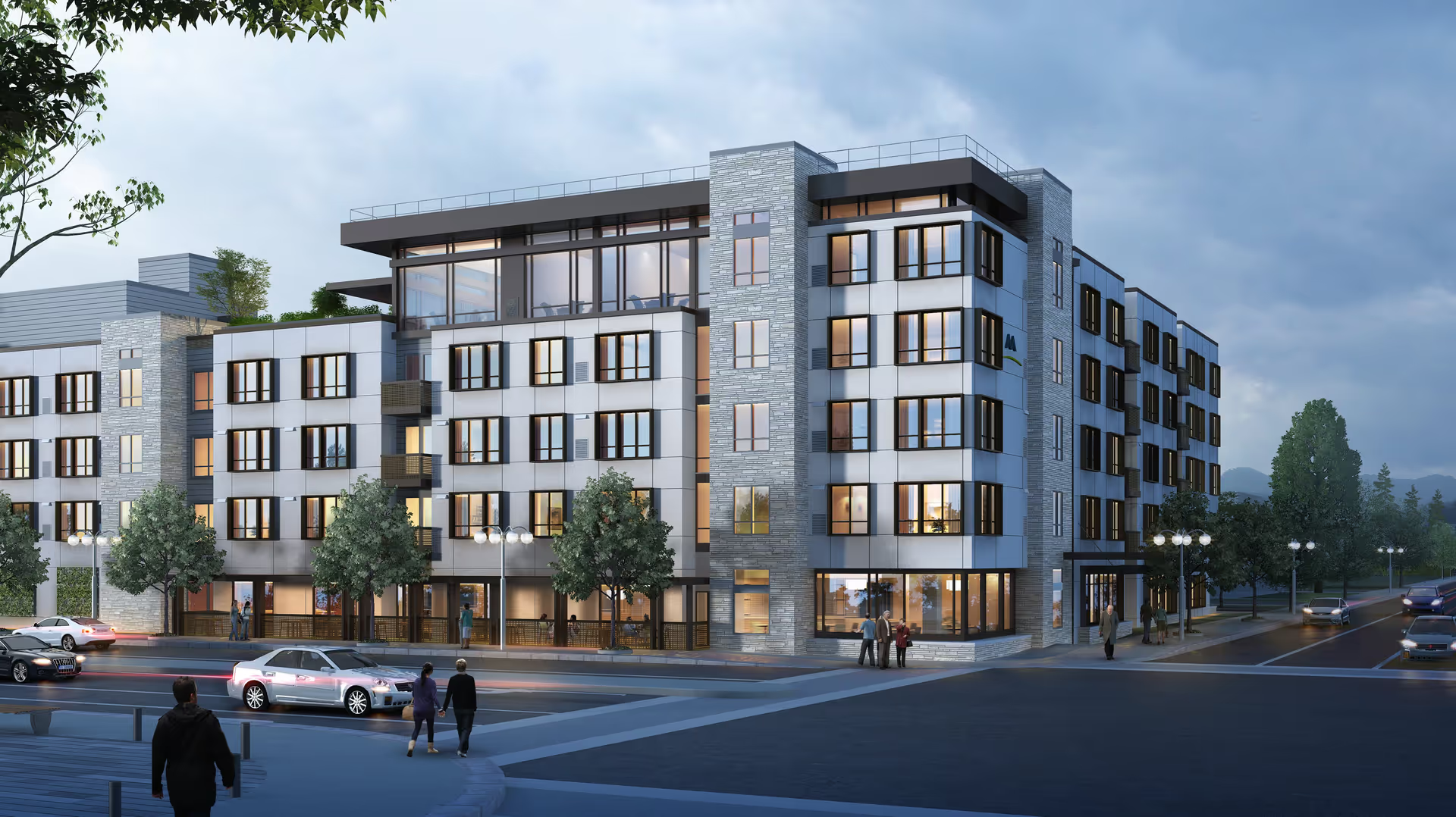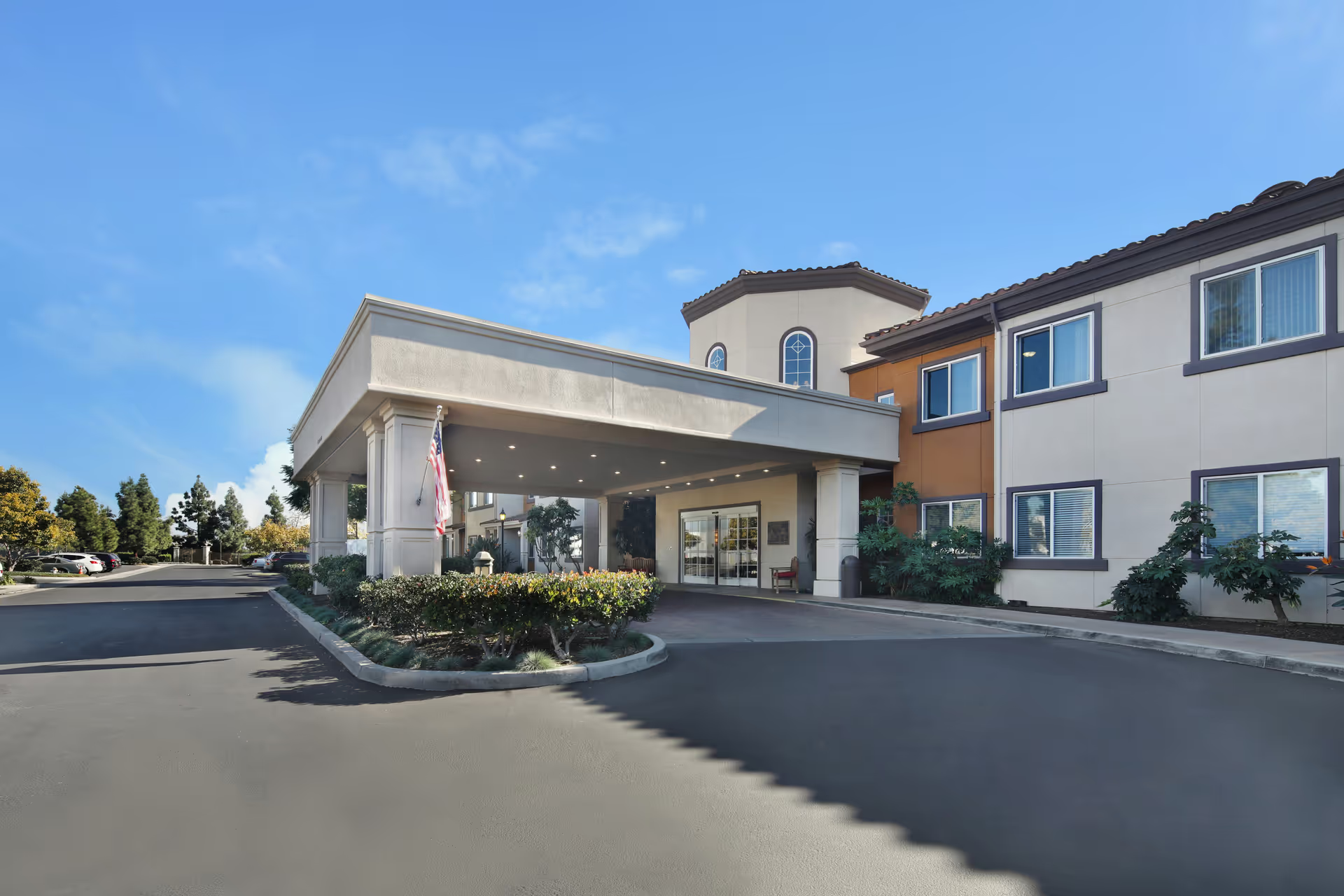Overall sentiment in these reviews is mixed but contains multiple serious concerns alongside clear strengths. On the positive side, many families praise individual staff members — nurses, caregivers, and therapists — for being caring, respectful, and going above and beyond. Physical therapy receives consistent positive mention from several reviewers. Numerous families report good, nutritious meals, engaging activities and outings, a pleasant outdoor area, competent administration, affordability, and satisfactory COVID-19 safety practices. Several reviewers explicitly state that their relatives are happy and well cared for and would recommend the facility.
However, a number of reviews describe significant and potentially dangerous care failures. Several accounts report poor or nonexistent responsiveness from clinical staff, delays in initiating therapy, withheld pain management followed by heavy opioid administration (OxyContin) that led to prolonged sedation and incoherence, and possible medication-induced hallucinations. There are also reports of delayed IV administration, water being withheld, breathing apparatus left on after treatment, and inaccurate or inconsistent lab/test reporting. One reviewer describes prolonged ileostomy leakage leading to infection and repeated exposure of the resident to urine and feces. Another serious pattern is premature or insurance-driven discharge — specifically discharge timed when Medicare coverage ended — combined with poor communication about transport and withheld documentation upon release.
Staffing and communication problems are recurrent themes. Reviewers mention apparent understaffing, especially at night, slow or nonresponsive work-order/maintenance processes, and inconsistent quality among nurses (some excellent, others concerning). Maintenance issues include torn carpeting that creates trip hazards, dated rooms needing new paint and carpeting, and poor air conditioning leading to very hot dining areas. Food and dining opinions are mixed: multiple reviewers praise the meals, while others describe specific unappetizing meals or lack of alternatives when residents cannot eat the main offering.
The reviews reveal a clear dichotomy: personal interactions with some staff and specific services (PT, activities, a subset of nurses) are repeatedly described positively, while systemic issues — communication breakdowns, medication management errors, infection control lapses, discharge practices tied to insurance limits, and environmental/maintenance shortcomings — raise safety and quality-of-care concerns. These patterns suggest variable performance depending on unit, shift, or individual staff, rather than uniformly high or uniformly poor care.
For families considering Heritage Court, the reviews suggest several practical steps: ask detailed questions about medication management protocols, pain control, and who is responsible for clinical oversight; request written policies on discharge planning and notification procedures, especially around insurance coverage limits and transport arrangements; inquire about staffing levels and night coverage; tour resident rooms and common areas to evaluate datedness, carpeting, and air conditioning; observe mealtime service and ask about alternatives for residents with diet restrictions or poor appetite; and confirm processes for wound/ostomy care and infection prevention. Also consider speaking directly with family members of current residents and asking for specifics about how the facility handles communications, medication changes, and emergency responses. The facility appears to offer strong, compassionate care from many individuals and good therapy and activities, but several reviews document serious lapses that should be investigated and monitored closely before making a placement decision.







